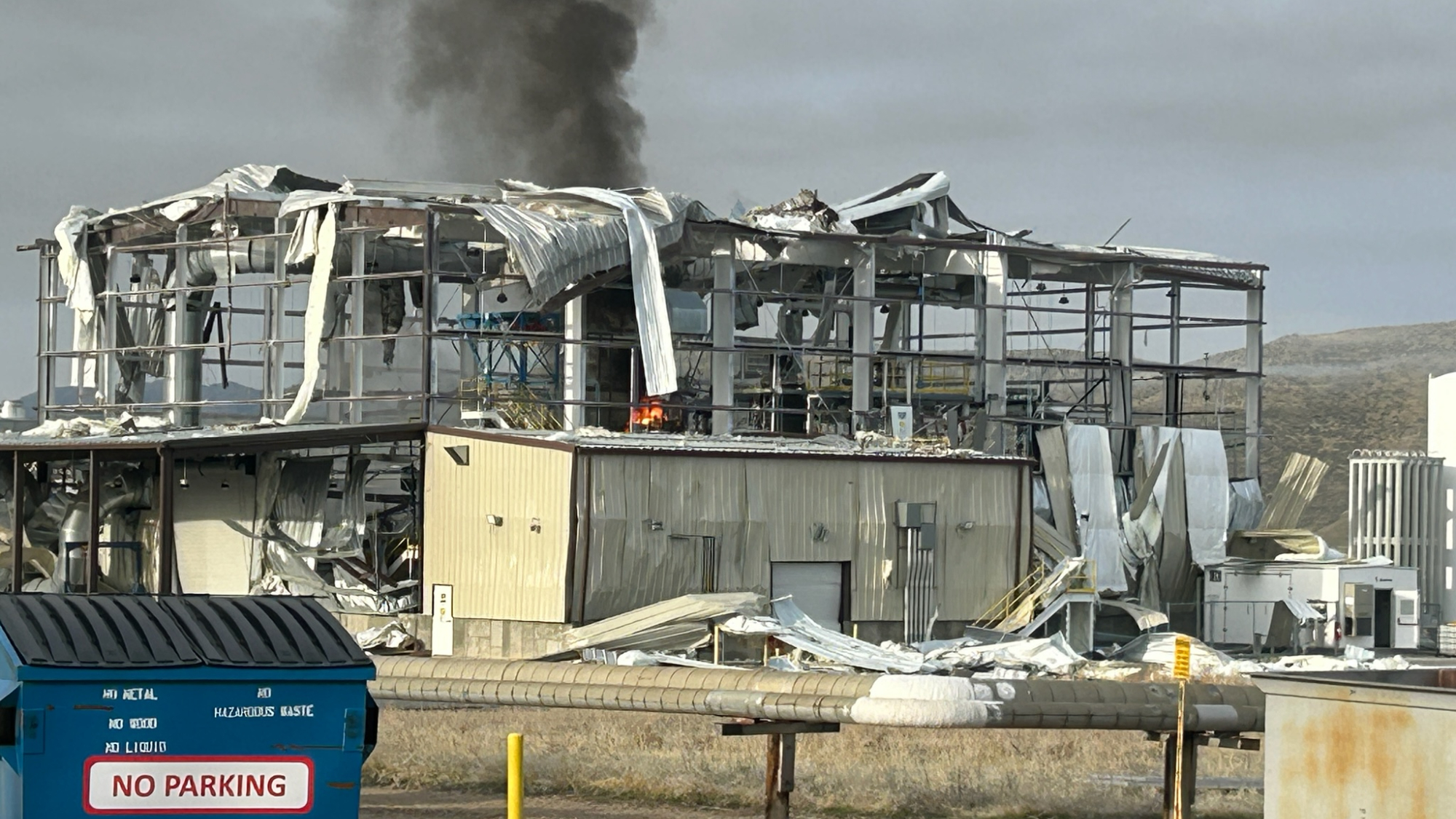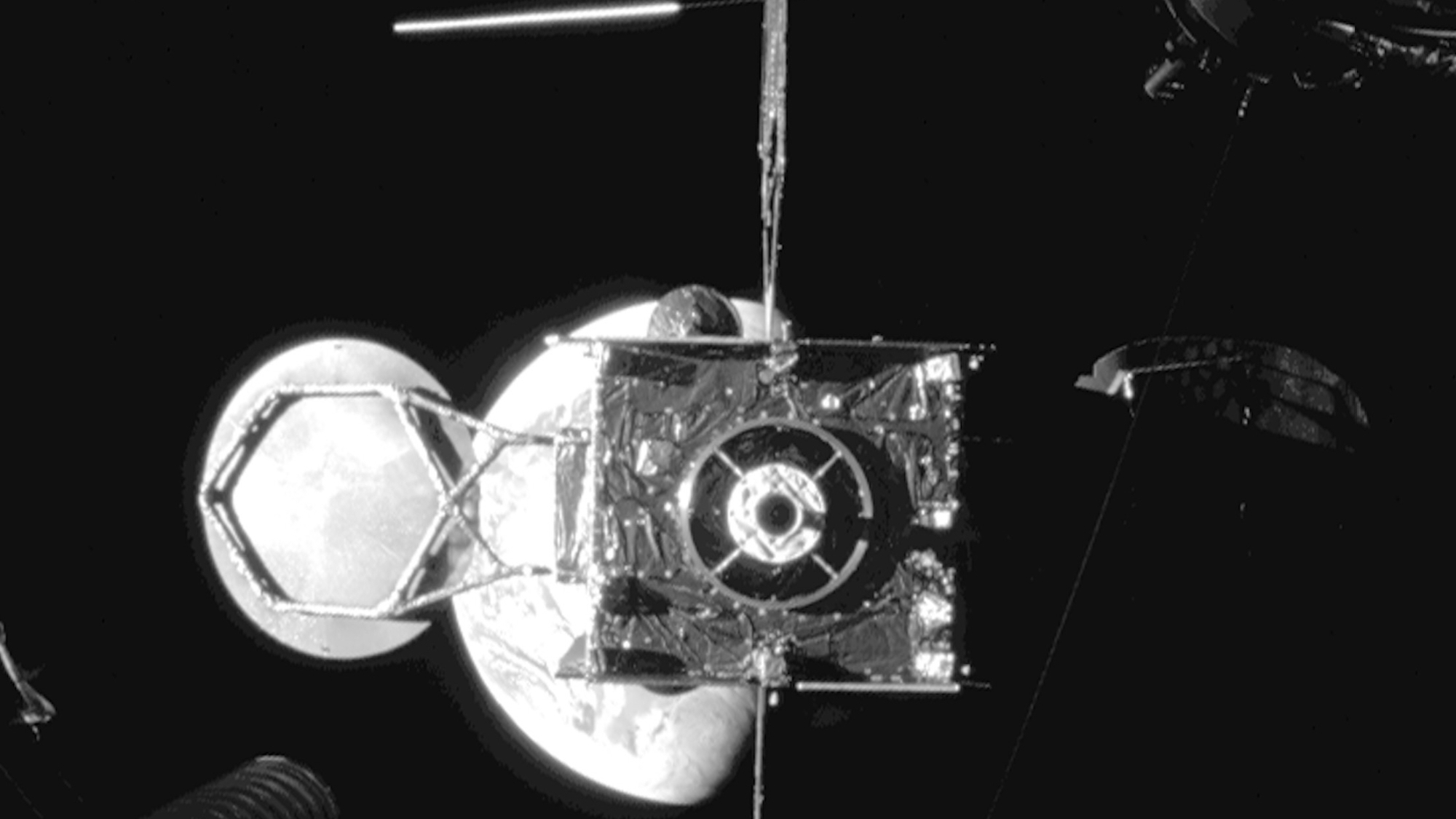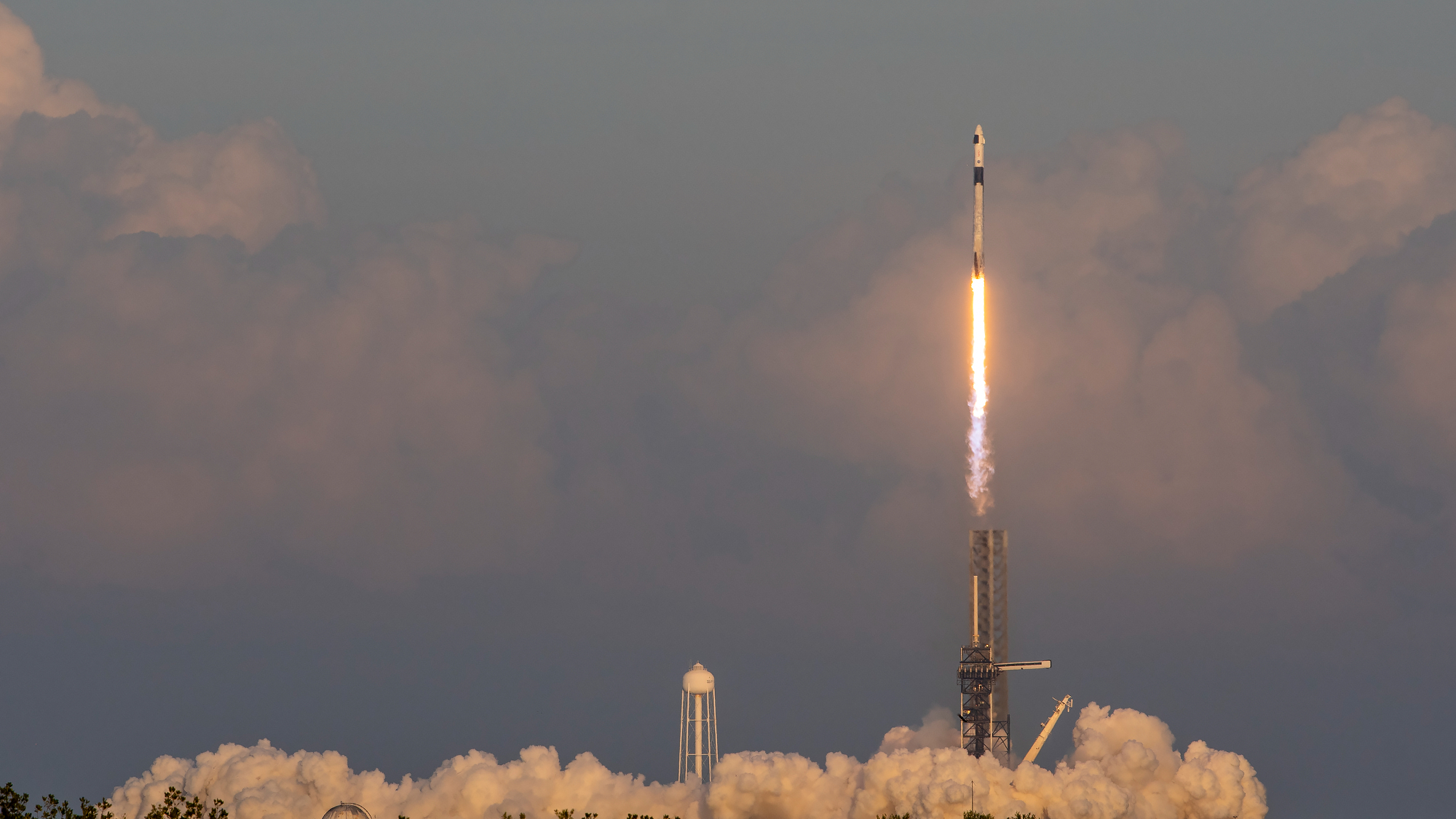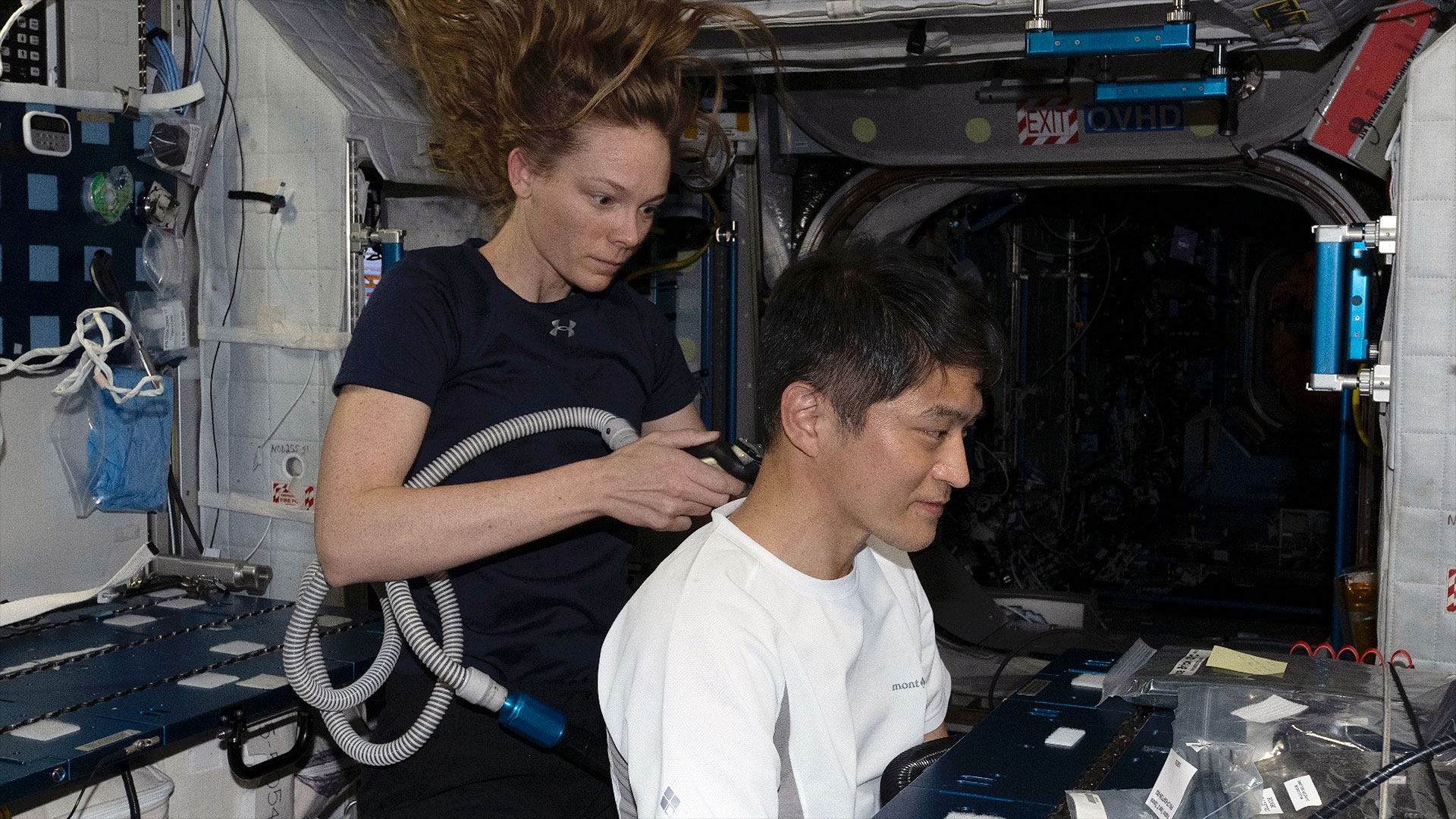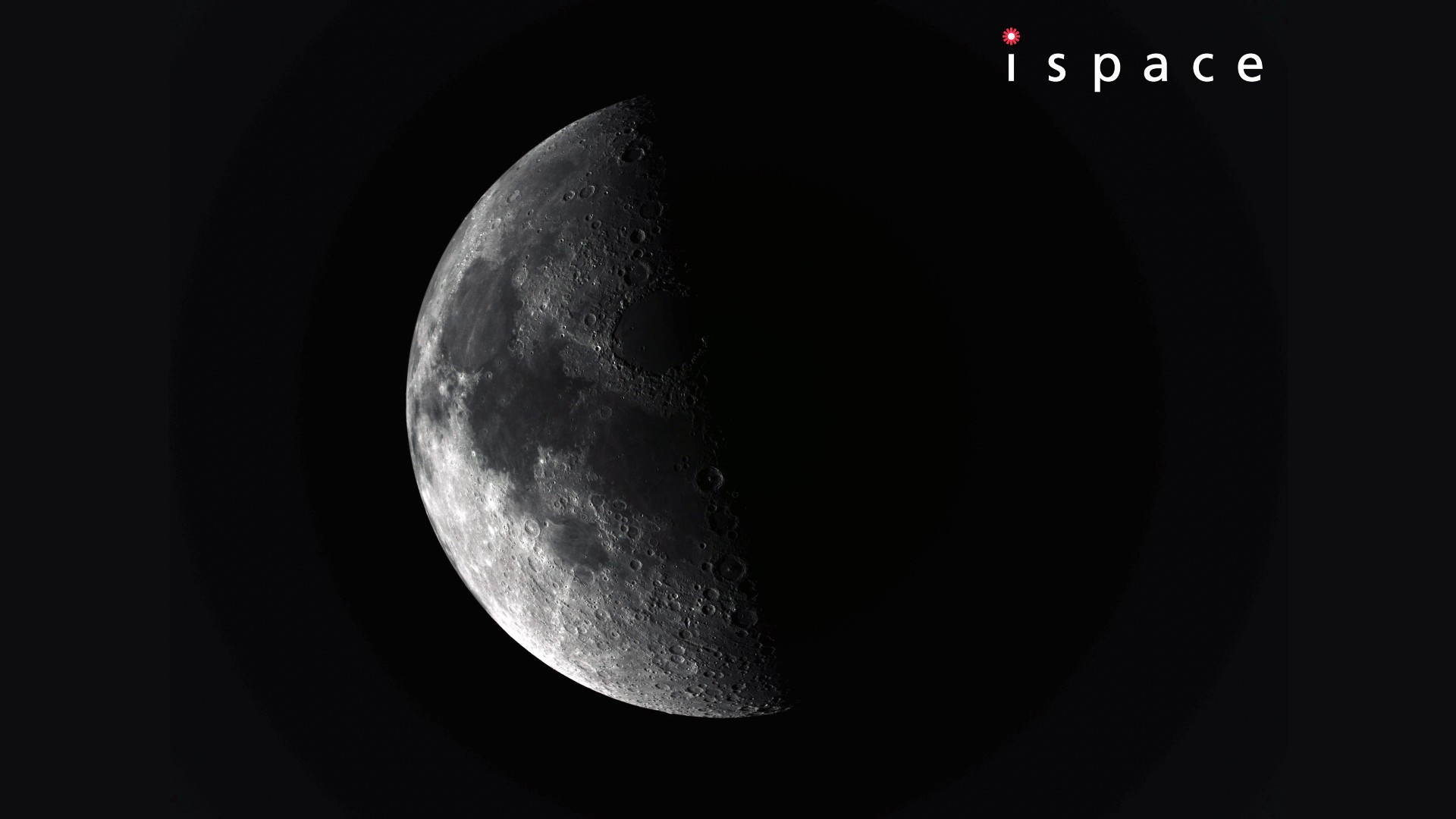
The private Resilience lunar lander just got its first up-close look at the moon.
Resilience, which was built by Japanese company ispace, aced a flyby of the moon on Friday evening (Feb. 14), coming within a mere 5,220 miles (8,400 kilometers) of Earth's nearest neighbor.
The lander memorialized the milestone with a photo, snapping a nice shot of the battered lunar surface from a distance of 8,972 miles (14,439 km).
The close encounter was "a historic first of its type for a Japanese private, commercial lunar lander," according to ispace. It gave Resilience a fuel-saving gravity assist, changing the lander's trajectory in a way that will make its arrival in lunar orbit, which is expected in early May, more energy-efficient.
Resilience launched on Jan. 15 atop a SpaceX Falcon 9 rocket, which also carried a second private moon lander — Blue Ghost, built and operated by Texas-based Firefly Aerospace.
Blue Ghost is already circling the moon. It arrived on Thursday (Feb. 13), then lowered its orbit around Earth's nearest neighbor with an engine burn just this morning (Feb. 18).
Blue Ghost, Firefly's first-ever lunar lander, is gearing up for a touchdown attempt two weeks from now. If all goes according to plan, the spacecraft will land March 2 in Mare Crisium ("Sea of Crises"), a large volcanic basin on the moon's near side.
Get the Space.com Newsletter
Breaking space news, the latest updates on rocket launches, skywatching events and more!
Resilience, meanwhile, will target Mare Frigoris ("Sea of Cold"), in the moon's northern hemisphere; touchdown is expected in late May or early June. The lander is carrying five science and technology payloads, including a mini rover named Tenacious, which was built by ispace's Luxembourg-based subsidiary.
None of this gear was built by NASA. Blue Ghost, by contrast, is carrying 10 agency experiments; the American lander's mission is supported by NASA's Commercial Lunar Payload Services program, which aims to gather lunar data ahead of the arrival of Artemis astronauts later this decade.
Resilience is ispace's second moon lander. The first reached lunar orbit successfully in March 2023 but failed during its touchdown try a month later after getting confused by the rim of a lunar crater.
Join our Space Forums to keep talking space on the latest missions, night sky and more! And if you have a news tip, correction or comment, let us know at: community@space.com.

Michael Wall is a Senior Space Writer with Space.com and joined the team in 2010. He primarily covers exoplanets, spaceflight and military space, but has been known to dabble in the space art beat. His book about the search for alien life, "Out There," was published on Nov. 13, 2018. Before becoming a science writer, Michael worked as a herpetologist and wildlife biologist. He has a Ph.D. in evolutionary biology from the University of Sydney, Australia, a bachelor's degree from the University of Arizona, and a graduate certificate in science writing from the University of California, Santa Cruz. To find out what his latest project is, you can follow Michael on Twitter.
